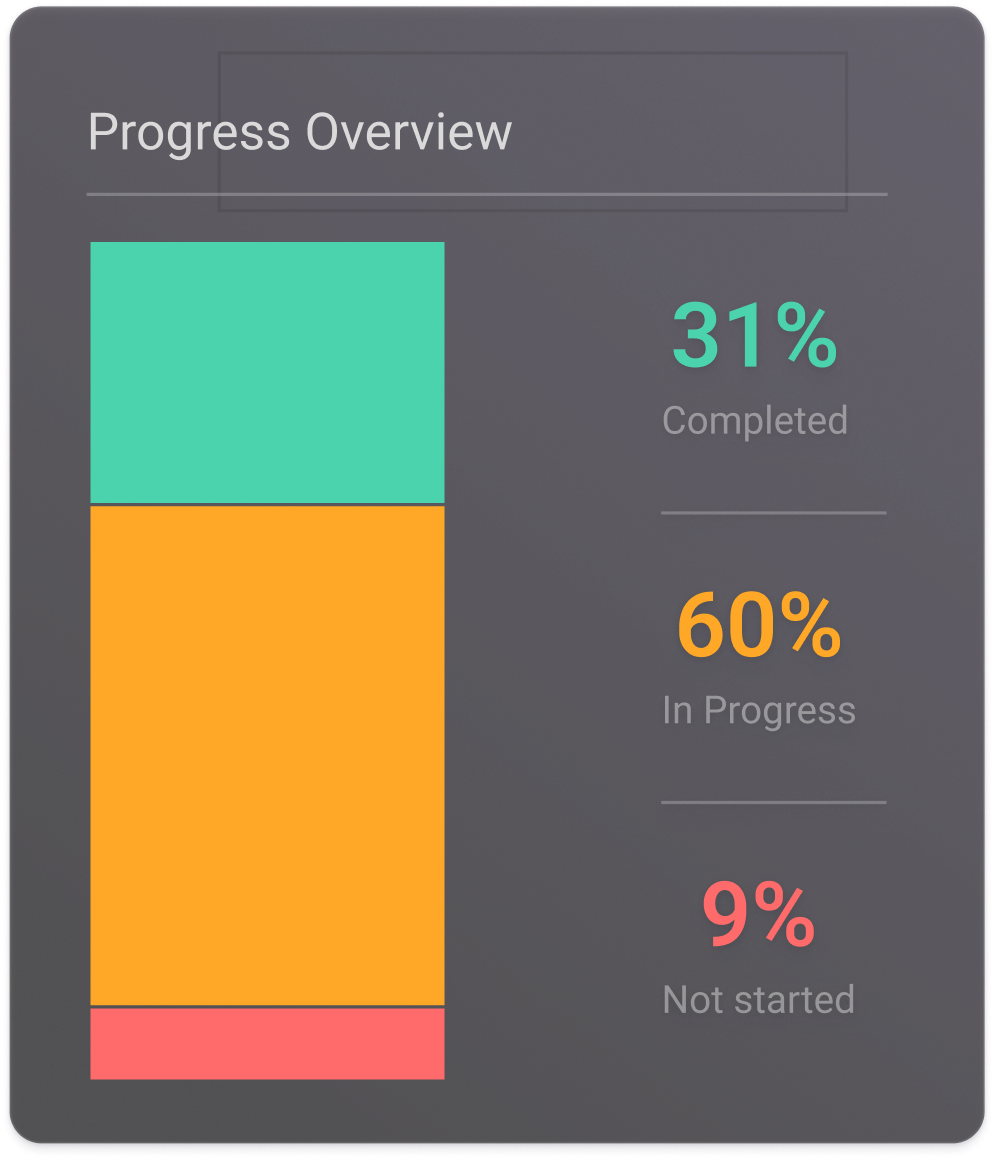Regulators want evidence. Shareholders want confidence.
iluminr delivers both - with Microsimulations that continuously test and demonstrate strategic, operational and cyber resilience in action.
Trusted worldwide by organizations of all sizes






























Practice is the new proof.
Every exercise, from a 15-minute rep to a 90-minute board simulation, strengthens response capability and creates data-driven evidence for regulators, auditors, and boards.
For Individuals

For Teams

For Boards & Executives

The Case for Capability Intelligence.
Practice makes resilient.
Microsimulations help teams build capability under pressure, turning readiness into measurable proof that meets real-world and regulatory demands.
Adaptive Capability
Continuous Readiness
Measurable Assurance
Build capability that scales
Empower lean teams to strengthen response across every business unit, region, and risk domain.
Run consistent, high-quality exercises anywhere in the organization. Capture evidence of performance, validate readiness, and maintain compliance - all while minimizing time and resource demands.




Demonstrate resilience with confidence
iluminr captures the evidence regulators now expect - demonstrating how teams plan, respond, and recover in practice.
Every Microsimulation strengthens your operational resilience posture, aligns with frameworks like DORA, UK Operational Resilience, APRA CPS230, NIST CSF, ISO 22301, ISO 27001, and so much more, producing audit-ready proof of readiness at scale.
Turn practice into insight
Generate live signal from simulations. Identify where capability lies, where it is weak, exposure points, and investment priorities Inform faster, smarter decisions across risk, compliance, and resilience.
The result is measurable proof of resilience that adapts as conditions, teams, and regulatory expectations evolve.




Unified reporting across every mode of response
From single Microsimulations to multi-layer events, iluminr captures and connects every signal of performance.
Each activity - whether a quick scenario, a team exercise, or a live incident - feeds consistent, comparable data into a unified reporting layer. iluminr translates that data into contextual insights for leaders, regulators, and responders alike, ensuring every action strengthens your overall readiness picture.
Engage every layer of your organization
Plug iluminr into the platforms your teams rely on — from communications to incident tools — and run integrated simulations spanning physical, cyber, and digital domains.
Experience unified readiness that reflects how your organization truly operates.


The world changes fast. So do our scenarios.
New threats, new rules, same mission - to help your team stay sharp, compliant, and confident no matter what chaos hits next.
Proof that practice works.
Where resilience meets real-world application
Explore practical guides, expert perspectives, and real-world examples shaping physical, cyber, and digital critical response capability.
Questions Worth Asking
What is a Microsimulation?
A short, focused exercise that puts teams in a realistic scenario to practice decisions, strengthen response, and capture measurable evidence of resilience.
What is Capability Intelligence?
Capability Intelligence is the continuous measurement of how well people, processes, and technology perform in critical events or change. It gives leaders a real-time view of readiness - not as a checklist, but as living intelligence that evolves with the organization.
Who are Microsimulations for?
Individual team members, team cohorts, and cross-functional business units. From executives, boards, risk and cyber teams to operations and third parties. Run single-player practice or multiplayer team sessions.
How long does a Microsimulation take?
Most single-player simulations take 3-5 minutes. Multiplayer and digital tabletops typically run 30-90 minutes.
How do Microsimulations support regulatory and assurance requirements?
Microsimulations continuously test and document resilience capability - producing auditable data aligned with frameworks such as DORA, Operational Resilience, NIST, ISO 22301, APRA CPS 230, FFIEC, and SEC disclosure expectations. They transform “we think we’re ready” into measurable proof.









